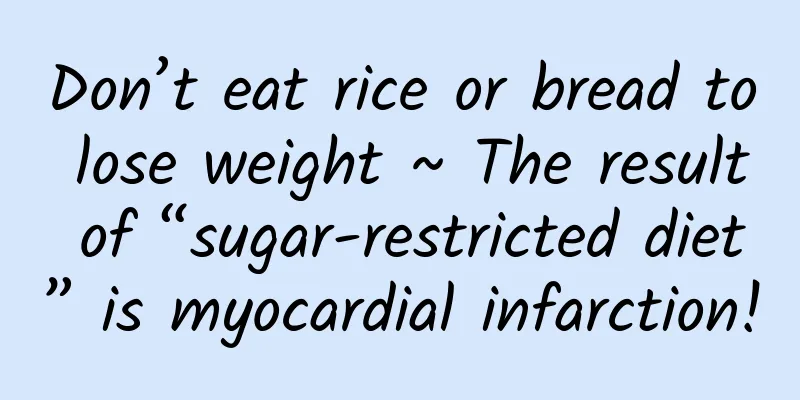The two most common methods of diagnosing uterine fibroids

|
The uterus is a place where tumors are more likely to occur. If it is a benign tumor, it is a uterine fibroid, which is less harmful to female friends and easier to treat. What are the common diagnostic methods for uterine fibroids ? The following will tell you about the most common diagnostic methods for uterine fibroids. In general, the most common diagnostic methods for uterine fibroids are: 1. Detection of the uterine cavity: Use a probe to measure the uterine cavity. Intramural fibroids or submucosal fibroids often enlarge and deform the uterine cavity. Therefore, a uterine probe can be used to detect the size and direction of the uterine cavity. Comparing with the findings of biphasic clinics can help determine the nature of the mass, and at the same time understand whether there is a mass in the cavity and its location. However, it must be noted that the uterine cavity is often tortuous, or blocked by submucosal fibroids, so that the probe cannot be fully probed, or if it is a subserosal fibroid, the uterine cavity often does not enlarge, but instead causes misdiagnosis. This is a common method for diagnosing uterine fibroids. 2. Ultrasound examination: B-ultrasound examination is more common in China at present, and it is also a common diagnostic method for uterine fibroids. The accuracy rate of identifying fibroids can reach 93.1%. It can show that the uterus is enlarged and irregular in shape; the number, location, size of fibroids, whether the fibroids are uniform or liquefied cystic, etc.; and whether there is compression of other organs around. Due to the dense cells per unit volume of tumor cells in fibroid nodules, the content of connective tissue scaffold structure and the different arrangement of tumors and cells, the fibroid nodules show three basic changes during scanning: weak echo, equal echo and strong echo. The weak echo type has high cell density, high elastic fiber content, mainly nested arrangement of cells, and relatively rich blood vessels. The strong echo type has a high content of collagen fibers, and tumor cells are mainly arranged in bundles. The equal echo type is between the two. Posterior wall fibroids are sometimes unclear. The harder the fibroid, the heavier the attenuation performance, and the benign attenuation is more obvious than the malignant. When the fibroid degenerates, the acoustic penetration is enhanced. When the fibroid becomes malignant, the necrotic area increases and the echo inside is disordered. The above is an explanation of the common diagnostic methods for uterine fibroids. I hope it will be helpful to female friends. Once diagnosed with uterine fibroids, you must go to the hospital for treatment in time to avoid worsening of the disease and causing irreversible consequences. |
<<: Experts explain conservative treatment of uterine fibroids
>>: Common medical symptoms of uterine fibroids
Recommend
What to do if the right ovarian cyst appears after 40 days of pregnancy
I am almost 6 weeks pregnant and my belly is gett...
How much does it cost to treat premature ovarian failure?
The ovaries bear the important task of female fri...
Boosting metabolism to help lose weight? Sufficient sleep can help burn fat
Before sharing about exercise and fitness, I want...
What causes vulvar leukoplakia and what are the symptoms?
I think you must have heard of vulvar leukoplakia...
What to do if you reach menopause at the age of 40
Menopause in your forties may be a sign of premat...
Lose weight easily! To beat the muscles, first train the triceps
Pop diva Jolin Tsai often shows off her strong ar...
How to eat healthy breakfast for weight loss? 9 superfood combinations to make a non-fat diet
How should you eat breakfast if you want to lose ...
Start simple! 4. High degree of execution of weight loss exercise
"Eat less + exercise more" is the uncha...
Pelvic inflammatory disease may be related to your age
Pelvic inflammatory disease is related to your ag...
How to regulate diet for endometrial tuberculosis
There are many reasons why women suffer from endo...
Be careful of the damage caused to your body by abortion!
What are the main damages of abortion? There are ...
What you need to know about the examination basis for diagnosing cervical hypertrophy
Cervical hypertrophy is also a common gynecologic...
How much does a routine gynecological examination cost?
Nowadays, the incidence of gynecological diseases...
Vaginitis should be detected and treated early to prevent recurrence
Vaginitis is a common gynecological disease that ...
How is vaginal candidiasis caused?
Vaginal candidiasis is a common gynecological dis...









